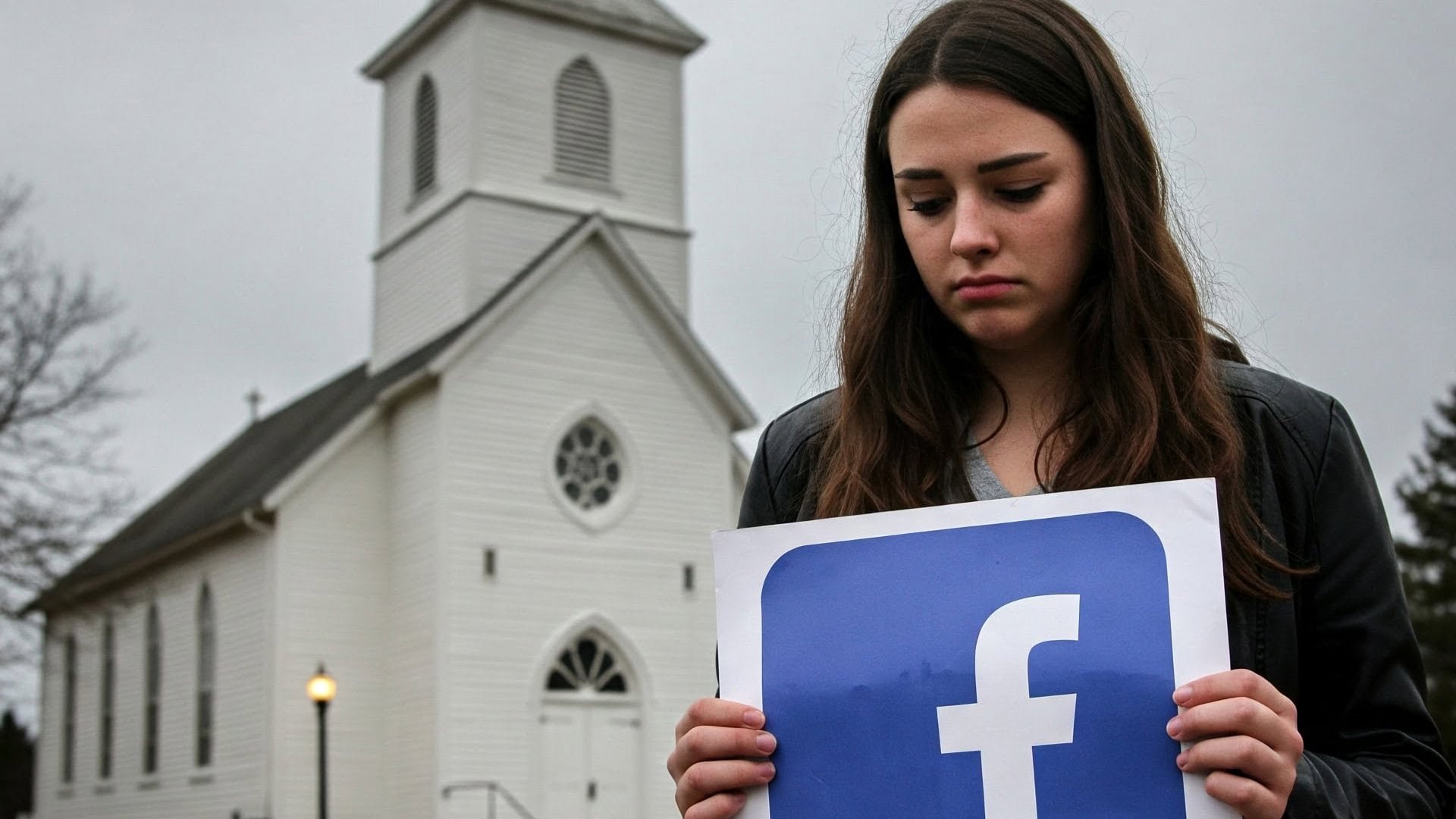In the realm of digital outreach, livestreaming has become a vital tool for churches worldwide, allowing them to share sermons and services with a broader congregation. As we move into 2025, many churches have relied on Facebook as a platform to support and share their livestreams. While Facebook has never made this an entirely seamless process, it was at least a viable option. However, recent developments indicate a shift in this dynamic, posing new challenges for churches aiming to maintain an online presence.
One of the significant changes coming to Facebook’s livestreaming service is the reduction in video retention times. Facebook has announced that it will no longer retain livestream videos for longer than 30 days. This means that churches who have used Facebook to archive their sermons and services will soon find their content disappearing after just a month. For communities relying on these archives to reach members who cannot attend live services, this is a considerable setback.
The implications of this change demand a reassessment of digital strategies for churches. For those seeking a free, more reliable alternative, YouTube emerges as a compelling solution. YouTube has consistently demonstrated a user-friendly approach, especially beneficial for churches and non-profits. One of the standout advantages of using YouTube is its leniency towards music performed during services—a common aspect of church gatherings. Unlike Facebook, YouTube is less prone to shut down streams due to copyright issues, allowing churches to conduct their services without unexpected interruptions.
Moreover, YouTube’s embedding capabilities are a significant asset. Churches can embed the latest live stream directly from their channel onto their websites without needing to update the link for each individual video. This not only simplifies the process but also ensures seamless access for congregants visiting the church’s website.
While the shift away from Facebook might initially seem daunting, it is an opportunity to explore more stable and user-friendly platforms like YouTube. By doing so, churches can ensure that their messages and community engagements remain accessible and uninterrupted. As we continue to support churches worldwide in their digital endeavors, it’s crucial to stay informed about platform changes and adjust strategies accordingly to maintain an effective and engaging online presence. Embracing platforms that align with these goals will be key to thriving in the evolving landscape of digital ministry.

Leave a Reply
You must be logged in to post a comment.